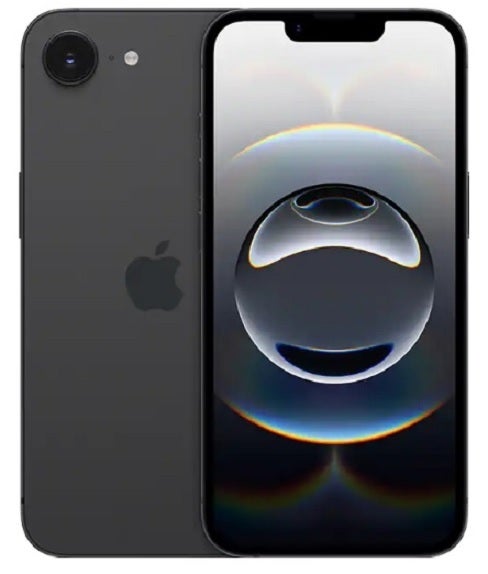Apple’s plans for its in-house C1 5G modem chip include taking a small break this year for the iPhone 17 series


The iPhone 16e is the first iPhone to use Apple’s in-house C1 5G modem chip. | Image credit-Apple
The report adds that next year, Apple wants to use the C1 5G modem on at least one iPad model and include the second-gen version of the C1 on all iPhone 18 models. By then, the C1 should have support for mmWave added, support download data speeds of 6 Gbps, and work with some of the advanced technology that carriers are adding to their networks. For example, the second generation C1 5G modem chip could work with six-carrier aggregation and when connected to a mmWave signal, eight-carrier aggregation would be supported.
Carrier aggregation is like widening a highway to accommodate more traffic moving at faster speeds. The wider the bandwidth, that the data travels through, the faster the data can go. Apple’s in-house modem chip features a baseband modem built using a 4nm process node and includes a 7nm transceiver. It was tested with 180 carriers in 55 countries.
The plan is for Apple to celebrate the 20th anniversary of the iPhone in 2027 by improving the C1 5G modem chip to the point that it is faster than Qualcomm’s Snapdragon rival and can outperform the Qualcomm component when it comes to AI capabilities. In addition, Apple would like to have its in-house modem work with satellite networks to enable text and eventually voice connectivity in areas where cellular signals don’t reach.
Even more ambitious, Apple sees a way for it to combine its main processor with its 5G modem to create a powerful, versatile, mobile component. Apple already has such high hopes for the C1 and is so optimistic about the modem chip that it is already moving away from Qualcomm. Johny Srouji, Apple’s senior vice president of hardware technologies, says that the C1 is the most complex tech ever designed by Apple.
So it would appear that Apple’s days of using the Qualcomm Snapdragon 5G modem chip for the iPhone are over. Apple’s own C1 is expected inside the iPhone 17 Air with a MediaTek 5G modem to be used on the rest of the iPhone 17 line. And next year, Apple will turn to the second-gen C1 5G modem chip to make sure that its 2026 iPhone models flawlessly connect to 5G signals.
The C1 is also able to look for a specific network or connection that will work best depending on what you are trying to achieve with your iPhone. For example, if you’re about to send information to another iPhone via AirDrop, Apple’s in-house modem would understand that and look to connect you to a network that might be better suited to having you achieve your goal.


